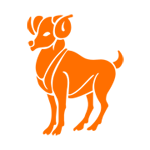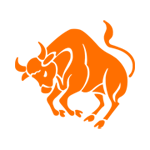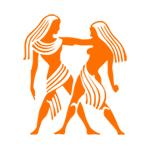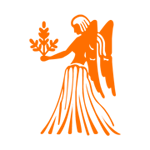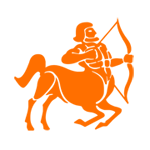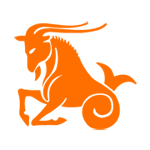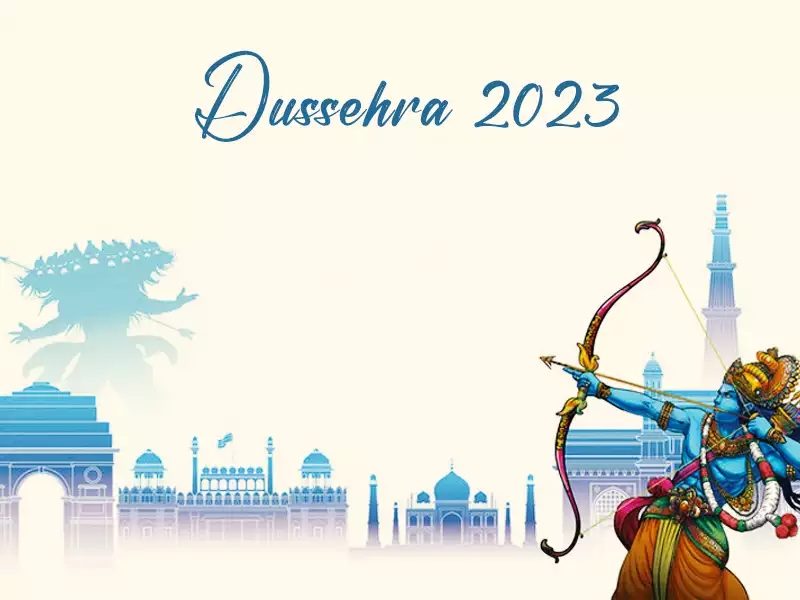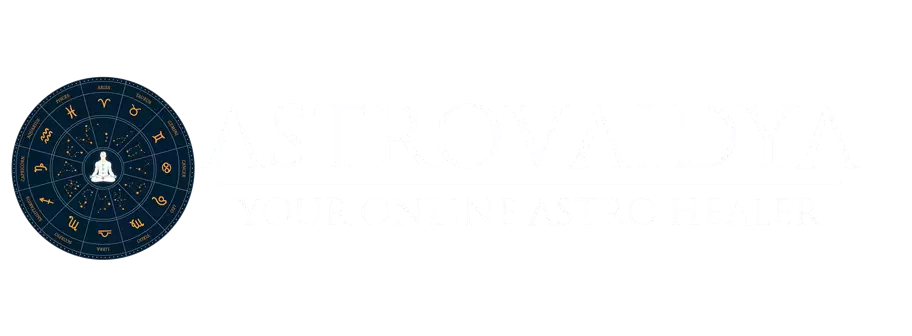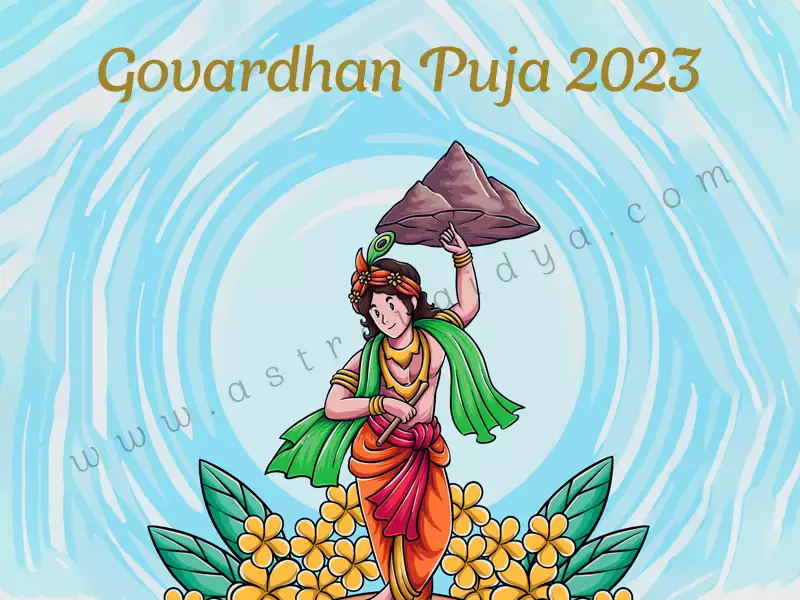
Govardhan Puja 2023
Govardhan Puja, also known as Annakoot, holds immense importance in the Hindu religion and serves as a symbol of the intricate connection between nature and humanity. According to the Hindu calendar, this vibrant festival is celebrated on the first day of Shukla Paksha in the month of Kartik.
While Govardhan Puja is observed throughout India, its cultural essence reaches its zenith in North India, particularly in the sacred region known as Vraj Bhumi, which includes Mathura, Vrindavan, Nandgaon, Gokul, and Barsana. These places hold historical significance as it was here that Lord Krishna encouraged the people of Gokul to worship Govardhan and humbled Lord Indra’s arrogance.
Govardhan Puja Date and Scriptural Significance
The timing of Govardhan Puja is determined by specific conditions outlined in sacred texts:
- Govardhan Puja should ideally occur on the first day of the bright half of the Hindu lunar month of Kartik. However, a crucial condition is that the moon should not rise during the Puja Muhurat (auspicious time for the ritual).
- If there’s a possibility of the moon rising on the evening of the first day of Kartik at sunset, Govardhan Puja is performed on the preceding day.
- When Pratipada (first day) prevails at sunrise without a sign of moonrise, Govardhan Puja should be observed on that very day. Otherwise, it is conducted on the previous day.
- If Pratipada extends for up to nine Muhurats (time units) after sunrise, even if there is an evening moonrise, Govardhan Puja is still performed on the same day.
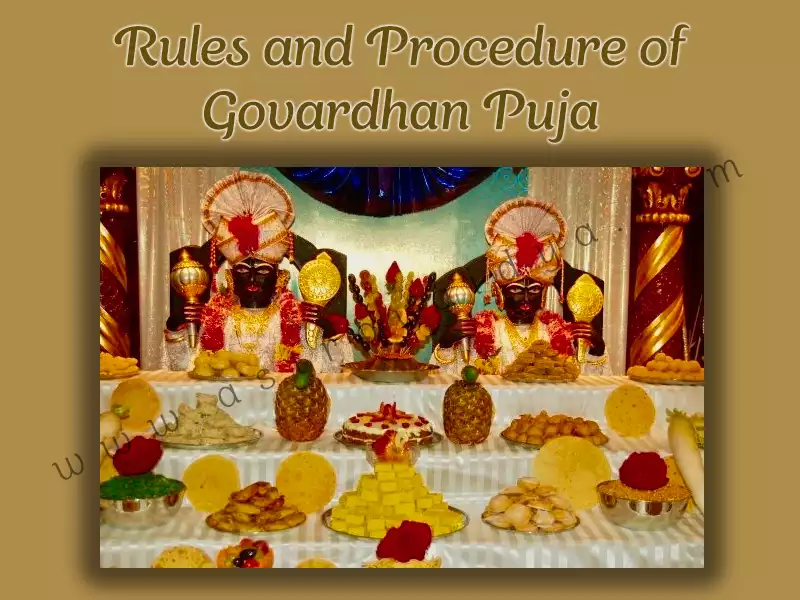
Rules and Procedure of Govardhan Puja
Govardhan Puja is a deeply significant event in the lives of people in India, emphasizing the reverence for nature and Lord Krishna’s teachings. The rituals include:
- Crafting an idol of Govardhan using cow dung and decorating it with flowers. The Puja is typically conducted in the morning or evening. During the ceremony, offerings such as water, fruits, incense sticks, and oblations are presented to Govardhan.
- 2. Additionally, on this day, cows, bulls, and animals used in agriculture are worshipped.
- An effigy of Govardhan Ji is created from cow dung on the ground, with a clay lamp placed on the navel. Milk, curd, gangajal, honey, and crystallized sugar (bataashe) are poured into the lamp during the Puja. Afterward, Prasad (blessed food) is distributed.
- A customary practice involves circumambulating the Govardhan Ji idol, with water spilled from a vessel during the procession, and concluding with the sowing of barley seeds on the ground.
- Worship of Govardhan Giri is believed to enhance financial stability, ensure the well-being of children, and promote the abundance of cow’s milk.
- Additionally, Lord Vishwakarma is worshipped on Govardhan Puja, with machines in factories and industries also receiving blessings.
Ceremonies and Traditions
- Govardhan Puja is a celebration dedicated to nature and Lord Krishna. Temples across the country organize religious ceremonies and bhandara (a communal feast). After the Puja, food is distributed among devotees as Prasad.
- Circumambulating Govardhan Parvat on the day of Govardhan Puja holds significant importance believed to invoke Lord Krishna’s blessings.
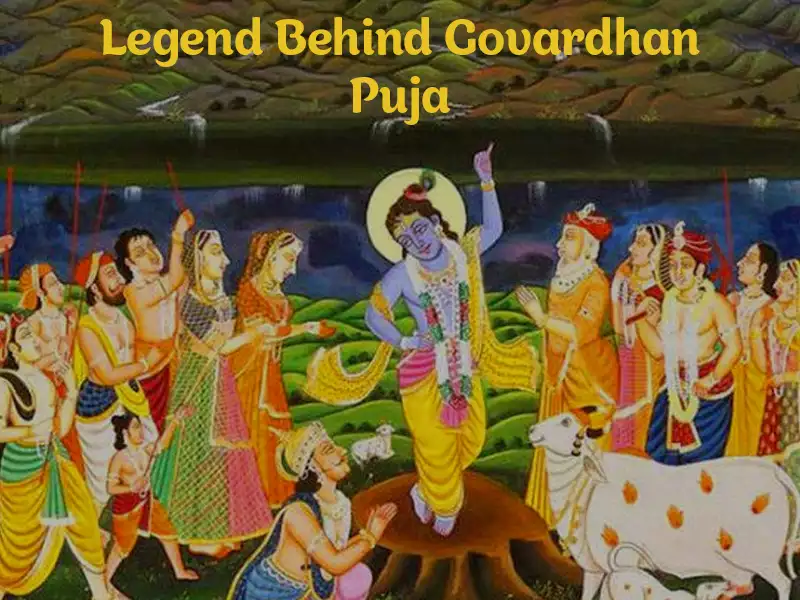
Legend Behind Govardhan Puja
The significance of Govardhan Puja is deeply rooted in the Vishnu Purana. According to the legend, Lord Krishna confronted Lord Indra’s arrogance. Initially, the people of Gokul were preparing offerings and songs to appease Lord Indra. Krishna inquired about the occasion and the reason behind it, to which he was told it was to seek blessings for abundant rainfall, fodder for cows, and good harvests from Lord Indra.
Krishna suggested worshipping Govardhan Parvat instead because cows fed on its grass, and its flora was essential for rain. The people of Gokul agreed, which angered Lord Indra. In retaliation, he unleashed torrential rains on Gokul. Witnessing the deluge, Krishna lifted the entire Govardhan Parvat with his little finger, providing shelter for the people and animals for seven days.
Lord Indra, realizing his mistake, sought forgiveness from Lord Krishna and worshipped him. Thus, the tradition of Govardhan Puja began, symbolizing reverence for nature’s resources.
Conclusion
Govardhan Puja, also known as Annakoot, stands as a testament to the deep-rooted connection between nature and human existence in Hindu culture. This festival celebrated with devotion and enthusiasm, showcases the legend of Lord Krishna’s divine act of lifting the Govardhan Parvat to protect the people of Gokul. It serves as a reminder of the importance of respecting and cherishing the natural resources that sustain our lives.
Through Govardhan Puja, individuals express their gratitude to Mother Nature for her bountiful gifts, fostering a sense of unity, community, and reverence for the environment.


